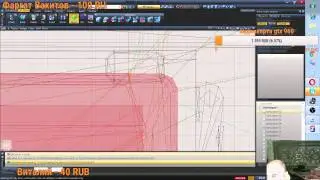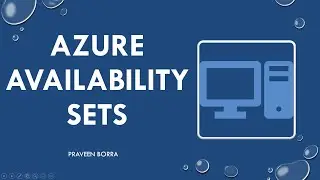What Is a Node.js Stream?
See the written version of this tutorial for links to prerequisites and related tutorials: https://heynode.com/tutorial/what-str...
Streams are a built-in Node.js language feature that represent an asynchronous flow of data, and are a way to handle reading/writing files. They’re meant to be like Unix pipes, allowing us to hook up a data source one end, any number of consumers on the other end, and pass data between them. Node streams can help you process a file that’s larger than your free memory space because, instead of a program reading a file into memory all at once, it processes data into smaller chunks.
By the end of this tutorial, you should be able to:
Define what a Node.js stream is
Understand the limitations of reading an entire file into memory
Know what are the benefits of, and use cases for, Node streams
Understand some of the events streams emit
Learn what pipe does in Node, and how to connect streams using pipe
Use the fs module to create Node streams from files
Know how to handle stream errors in Node
Heynode.com: The best online Node.js courses and tutorials to help you solve hard problems fast.







